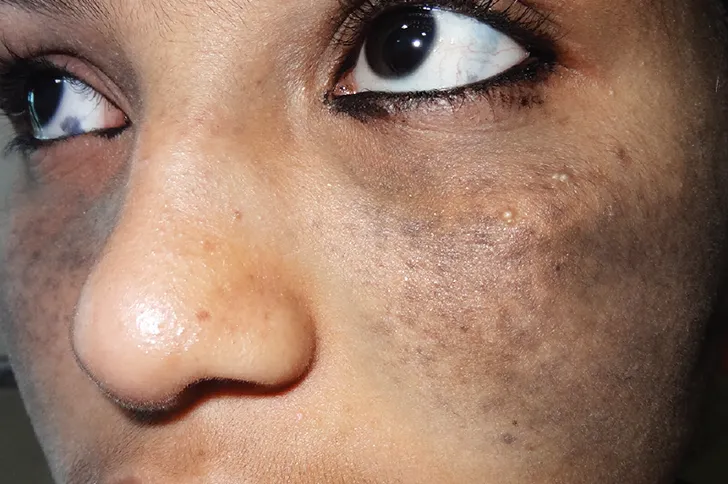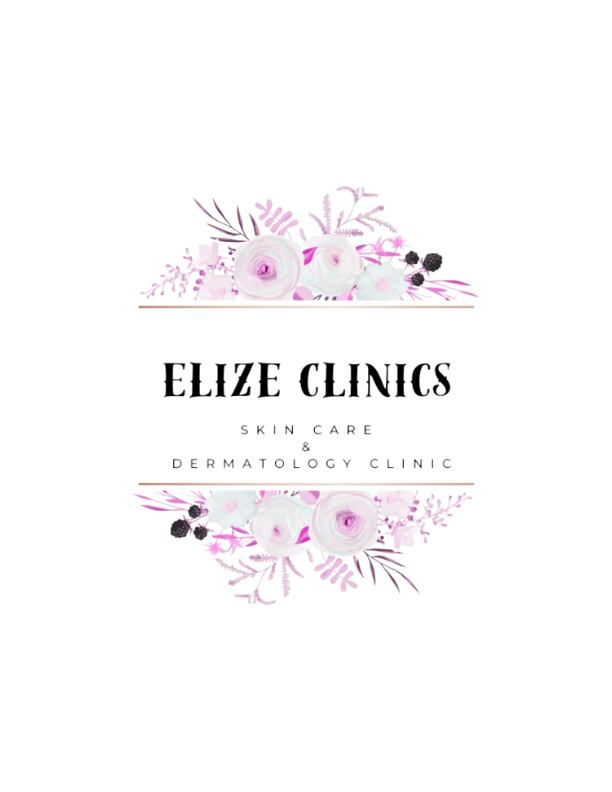- LASER HAIR REMOVAL TREATMENT
- UNDER EYE CARE
- KELOID TREATMENT
- PILONIDAL SINUS
- PICO CARE TREATMENT
- BOTOX FOR MIGRAINE
- CHEMICAL PEEL
- VENUS TREATMENT
- VAMPIRE TREATMENT
- HAIR REMOVAL
- HYDRAFACIAL KERAVIVE
- SCAR REMOVAL
- HYDRAFACIAL DANDRUFF TREATMENT
- MORPHEUS8
- PHOTO FACIAL
- PLATELET RICH PLASMA THERAPY
- FAT REMOVAL
- COOLSCULPTING
- EYEBROW MICROBLADING
- SCULPSURE
- ULTRAFORMER III
- LOW LEVEL LASER THERAPY (LLLT)
- HAIR REGROWTH TREATMENT
- HYDRAFACIAL
- CM SLIM
- NON-SURGICAL FACELIFT
- BREAST LIFT
- HIPEX CHAIR
- PICO MLA TONING
- GLUTATHIONE
- BUTTOCK AUGMENTATION
- SILK PEEL DERMAL INFUSION
- NAEVUS OF OTA / PATCHY NAEVUS
- DYSPORT TREATMENT
- MELASMA TREATMENT
- PINK AESTROGEN PEEL
- DERMAL FILLERS
- DERMAL THREADLIFT
- PICOCARE MAJESTY
- SOLAR LENTIGINES
- FAIRNESS TREATMENT
- BENIGN SKIN GROWTH
- COSMELAN TREATMENT
- RADIANCE FACIAL
- AGE RELATED SKIN PROBLEMS
- DERMABRASION
- SILK PEEL DERMAL INFUSION
- MESOTHERAPY
- COLLAGEN INDUCTION THERAPY
- VIRAL SKIN LESIONS
- FOTONA LASER MICROPEEL
- WRINKLE REDUCTION
- COSMETIC SKIN CONCERNS
- BRIDAL PACKAGE
- Tattoo Removal
- GROOMS PACKAGE
- PICO TONING
CONTACT US
- +91 91544 97790
- 2557, Block G, Sushant Lok 2, Sector 57, Gurugram

Naevus of OTA / Patchy Naevus
Naevus of Ota is a benign melanosis that primarily involves the region of the trigeminal nerve distribution.
Nevus of Ota is a hyperpigmentation that occurs on the face, most often appearing on the white of the eye. It also occurs on the forehead, nose, cheek, periorbital region , and temple. Nevus of Ota is typically unilateral, meaning that it usually involves only one side of the face. In some cases, it can present bilaterally on both sides of the face.
Women are nearly five times more likely to be affected than men, and it is rare among Caucasian people. Nevus of Ota may not be congenital, and may appear during puberty. Some researchers believe that it could be caused by a genetic mutation. Others argue that hormonal factors or radiation may cause it, though more research is needed to confirm these things.
The hyperpigmentation may darken and extend with age, such as during puberty and after menopause. Sunlight can also darken the lesions.
The characteristic gray-blue hyperpigmentation occurs due to entrapped melanocytes. The melanocytes are entrapped leading to gray-blue hyperpigmentation of the conjunctiva and sclera along with ipsilateral facial skin. There is a similar skin condition called nevus of Ito. It has many of the same features to nevus of Ota but appears on the shoulder and side of the neck.
Laser treatments are the most effective corrective approach to nevus of Ota, although they must be repeated more than once, with multiple approaches and applications. The laser treatments work to destroy the melanocytes that cause the bluish hyperpigmentation, with the goal of returning the skin to its natural pigment.
Picosecond NDYAG laser ( picocare 250 laser) is the most advanced laser treatment for Naevus of OTA
Nevus of Ota is a hyperpigmentation that occurs on the face, most often appearing on the white of the eye. It also occurs on the forehead, nose, cheek, periorbital region , and temple. Nevus of Ota is typically unilateral, meaning that it usually involves only one side of the face. In some cases, it can present bilaterally on both sides of the face.
Women are nearly five times more likely to be affected than men, and it is rare among Caucasian people. Nevus of Ota may not be congenital, and may appear during puberty. Some researchers believe that it could be caused by a genetic mutation. Others argue that hormonal factors or radiation may cause it, though more research is needed to confirm these things.
The hyperpigmentation may darken and extend with age, such as during puberty and after menopause. Sunlight can also darken the lesions.
The characteristic gray-blue hyperpigmentation occurs due to entrapped melanocytes. The melanocytes are entrapped leading to gray-blue hyperpigmentation of the conjunctiva and sclera along with ipsilateral facial skin. There is a similar skin condition called nevus of Ito. It has many of the same features to nevus of Ota but appears on the shoulder and side of the neck.
Laser treatments are the most effective corrective approach to nevus of Ota, although they must be repeated more than once, with multiple approaches and applications. The laser treatments work to destroy the melanocytes that cause the bluish hyperpigmentation, with the goal of returning the skin to its natural pigment.
Picosecond NDYAG laser ( picocare 250 laser) is the most advanced laser treatment for Naevus of OTA

